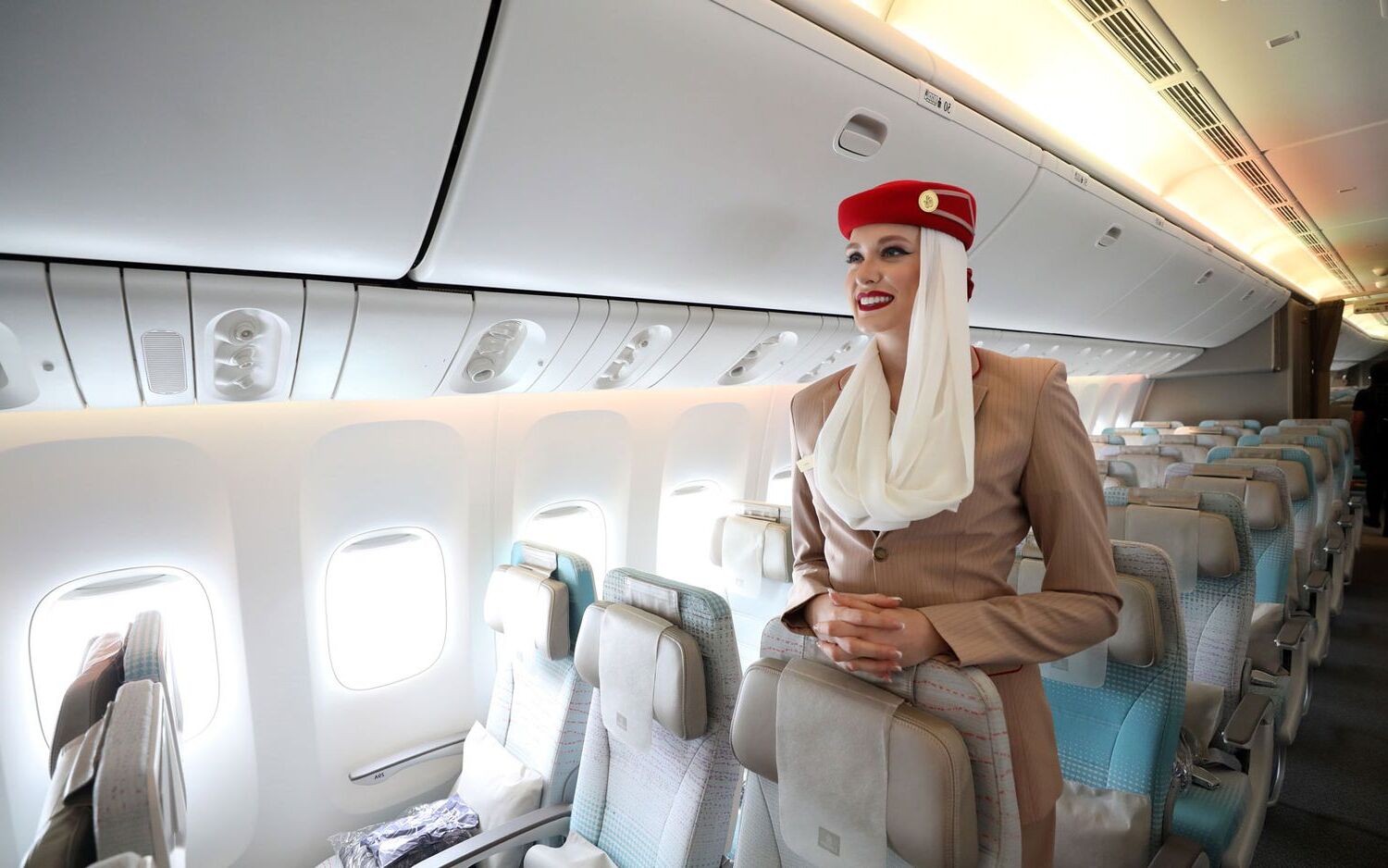
Ever wondered what it takes to become an airline employee? Airline employee training programs are rigorous and comprehensive, ensuring that every staff member is well-prepared for their role. From flight attendants to ground crew, each position requires specialized training to guarantee safety and efficiency. These programs cover everything from emergency procedures to customer service skills. Training often includes both classroom instruction and hands-on practice, simulating real-life scenarios. Some airlines even have their own training centers equipped with mock aircraft cabins and emergency equipment. Curious about the specifics? Let's dive into ten intriguing facts about these essential training programs.
Key Takeaways:
- Airline employee training programs are crucial for safety, customer service, and technical skills. Pilots, cabin crew, and ground staff undergo specialized training to ensure smooth operations and passenger satisfaction.
- Continuous learning and regulatory compliance are key aspects of airline employee training. Recurrent training, technology integration, and adherence to aviation regulations ensure employees stay proficient and compliant for a safe and pleasant travel experience.
Importance of Airline Employee Training Programs
Airline employee training programs are essential for ensuring safety, efficiency, and customer satisfaction. These programs cover various aspects, from technical skills to customer service.
-
Safety First: Safety is the top priority in aviation. Training programs include rigorous safety protocols, emergency procedures, and first aid training to prepare employees for any situation.
-
Customer Service Excellence: Airlines emphasize customer service training to ensure passengers have a pleasant experience. This includes handling complaints, providing assistance, and maintaining a friendly demeanor.
-
Technical Skills Development: Pilots, engineers, and ground staff receive specialized training to handle the technical aspects of their jobs. This includes aircraft maintenance, navigation, and troubleshooting.
Types of Training Programs
Different roles within an airline require specific training programs tailored to their responsibilities. Here are some common types of training programs.
-
Pilot Training: Pilots undergo extensive training, including flight simulators, classroom instruction, and real-world flying experience. They must also pass rigorous exams and certifications.
-
Cabin Crew Training: Flight attendants receive training in safety procedures, customer service, and emergency response. They also learn how to handle medical emergencies and unruly passengers.
-
Ground Staff Training: Ground staff, including baggage handlers and ticket agents, are trained in logistics, customer service, and safety protocols. They ensure smooth operations on the ground.
Continuous Learning and Development
Airline employees must stay updated with the latest industry standards and technologies. Continuous learning is a key component of their training programs.
-
Recurrent Training: Employees undergo recurrent training sessions to refresh their knowledge and skills. This ensures they remain proficient and up-to-date with current practices.
-
Technology Integration: With advancements in technology, employees are trained to use new tools and systems. This includes software for booking, navigation, and communication.
Regulatory Compliance
Airlines must comply with various regulations set by aviation authorities. Training programs ensure employees understand and adhere to these regulations.
-
Regulatory Training: Employees receive training on aviation regulations, including those set by the Federal Aviation Administration (FAA) and International Civil Aviation Organization (ICAO). This ensures compliance with safety and operational standards.
-
Security Training: Security is a critical aspect of aviation. Employees are trained in security protocols, including passenger screening, baggage checks, and threat assessment.
The Final Takeaway
Airline employee training programs are vital for ensuring safety, efficiency, and customer satisfaction. These programs cover a wide range of skills, from technical know-how to customer service excellence. Trainees undergo rigorous simulations, hands-on practice, and continuous learning to stay updated with industry standards. The investment in training not only benefits the employees but also enhances the overall passenger experience. By understanding the depth and breadth of these programs, we gain a greater appreciation for the hard work and dedication that goes into making air travel smooth and safe. Next time you board a plane, remember the extensive training that supports every aspect of your journey. From the pilots in the cockpit to the crew in the cabin, their expertise is a result of comprehensive training programs designed to keep everyone flying high.
Frequently Asked Questions
Was this page helpful?
Our commitment to delivering trustworthy and engaging content is at the heart of what we do. Each fact on our site is contributed by real users like you, bringing a wealth of diverse insights and information. To ensure the highest standards of accuracy and reliability, our dedicated editors meticulously review each submission. This process guarantees that the facts we share are not only fascinating but also credible. Trust in our commitment to quality and authenticity as you explore and learn with us.


